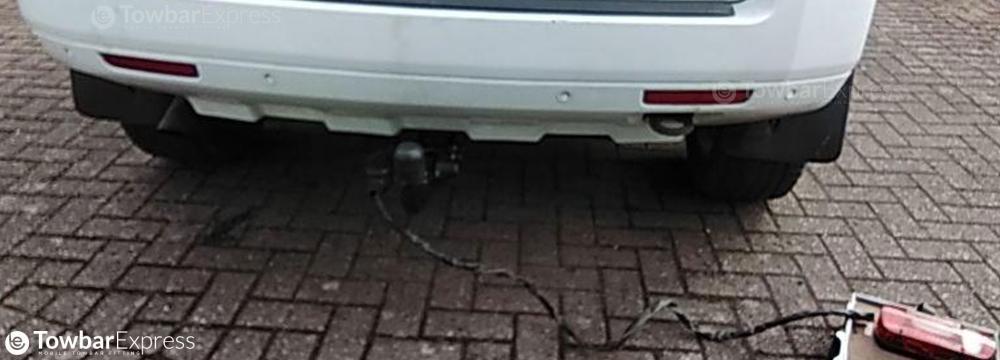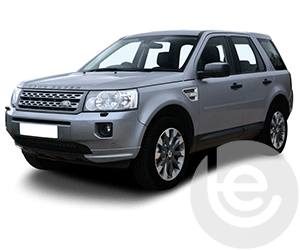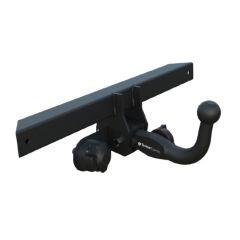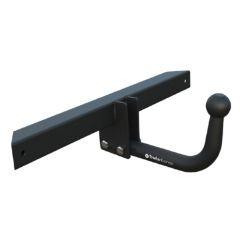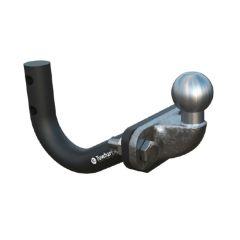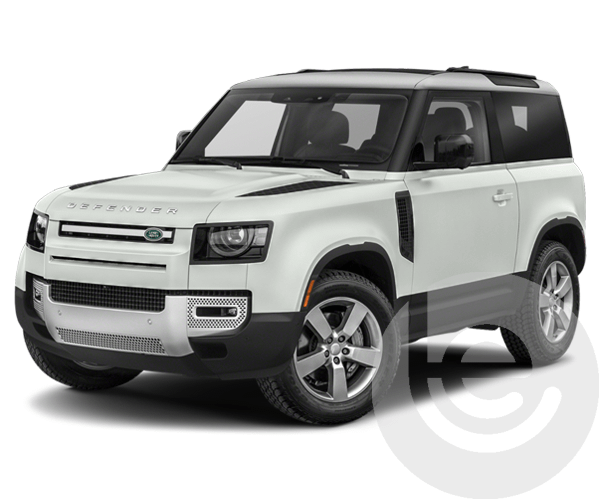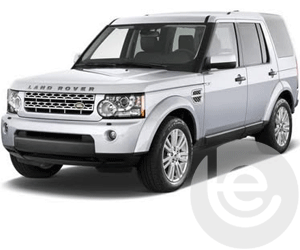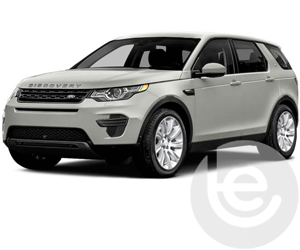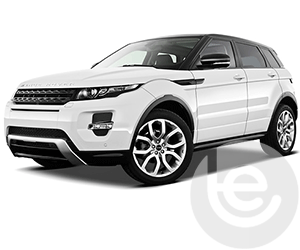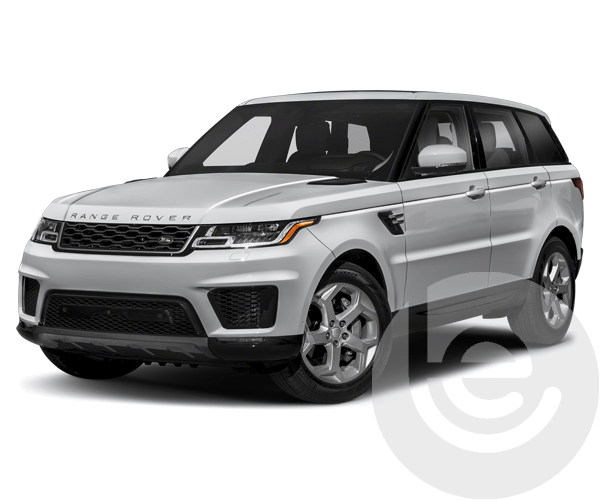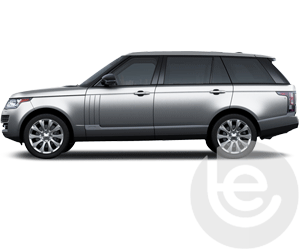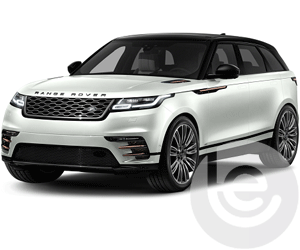More about your Freelander 2
The comfy off-roader was designed to give its driver a sense of luxury with the capability of taking on difficult terrain and weather conditions. The sleek design and versatility of the Freelander are just some of the reasons why it is so popular. Its ground clearance, departure angles and excellent approach allow its driver to feel confident on every journey.
The Land Rover Freelander was born to perform in all conditions, its All-Terrain technologies include Hill Decent Control which takes out the strain of negotiating difficult slopes and the Terrain Response which will automatically optimise traction and driveability by adapting to the demands of the terrain ahead.
The Freelander is equally, as at home, in the City; its poised, controlled drive is responsive allowing the car to perform to match the driver's preference.
With a raft of sophisticated safety systems, the Freelander has been designed to handle whatever life throws at it. Anti-Lock Braking systems, parking sensors, dynamic stability control and Hill Decent Control are just a few of the safety systems included in the Freelander.
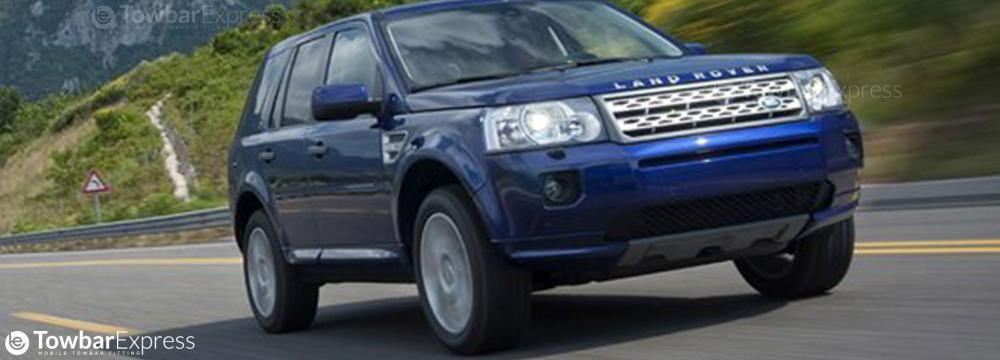
What's my Towing Capacity?
The Land Rover Freelander has a towing capacity of around 2000KG, this is the perfect capacity to be able to tow cycle carriers, a trailer and up to a medium-sized caravan. To get an accurate towing capacity for your Freelander, please refer to the vehicle’s VIN plate.
Which Towbar is best for my Freelander 2?
There are three different styles of towbars for the Land Rover Freelander: the fixed flange towbar, the fixed swan neck towbar, and the detachable swan neck towbar.
All three styles of towbars are compatible with trailers, caravans and clamp-on style cycle carriers; however, each design of towbar has its own quirk that makes it more appealing depending on the towing requirement.
The fixed flange towbar is the only style of towbar that has a plate on the back, this plate allows drivers to attach bolt-on towing accessories to the towbar. These can be used simultaneously with using the towbar to tow. However, if you are planning on towing a caravan with an ALKO stabiliser, an ALKO towball would need to be purchased beforehand.
The fixed swan neck style of the towbar is another permanent towbar, its long thin neck attracts customers, as it often works perfectly alongside vehicle parking sensors. The thin design can allow the driver to reverse whilst towing without interfering with the parking sensors, however, this always depends on the placement of the sensors and is not a guarantee.
The detachable swan neck towbar is the only removable towbar that we offer, similar to the fixed swan neck, the detachable towbar is the perfect choice for customers whose Freelanders are fitted with rear parking sensors. Once towing has been completed the customer can easily remove the towbar neck from its housing leaving the whole towbar practically invisible. The detachable swan neck is also ALKO compatible which means it can be used with all ALKO stabilisers without the requirement of an ALKO towball to be purchased separately.
Will it need a bumper cut?
When fitting a towbar to the Land Rover Freelander the towbar engineer will carefully remove the vehicle's bumper, however, this will be refitted upon completion of the fitment. On all standard Freelander’s, the engineer can complete the installation without the need to modify the bumper, however, please be aware that if your Freelander has been adjusted in any way then a bumper cut may be required.
How do I book a Towbar Fitment?
We know our customers lead busy lives, which is why our Engineers will come to your home or your place of work. You can choose whether you want your appointment to be in the morning between 8 am and 12 pm or in the afternoon between 12 pm and 6 pm. Our team will fit your Towbar at a time that’s convenient to you. Our towbar fitting service can take as little as one hour and up to four hours, depending on your vehicle.
To get a quote, all you need to do is search for your vehicle below or enter your registration number and postcode above. You can book your date, time, and location online, and we will take care of the rest. We will bring everything needed to complete the job in one appointment. If you order any Cycle Carriers or accessories with your Towbar, the Engineer will also bring those to the appointment.
Why choose Towbar Express?
Towbar Express have over 30 years of experience in the industry, and we know exactly what you need! We employ all our Towbar Engineers, so we won’t just contract out the work to a 3rd party company. They are all trained to a high standard, and training is carried on throughout their employment with us to ensure they understand every aspect of every vehicle. New vehicles are released every year, and our Engineers are trained, and their knowledge is updated constantly.
We have over 7000 Trustpilot and google reviews from past customers who are happy with our work! Every day another 5-star review comes through, which is how we know we have happy customers and are doing a fantastic job!
